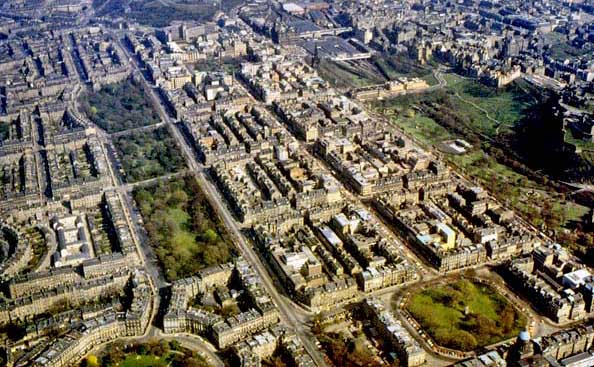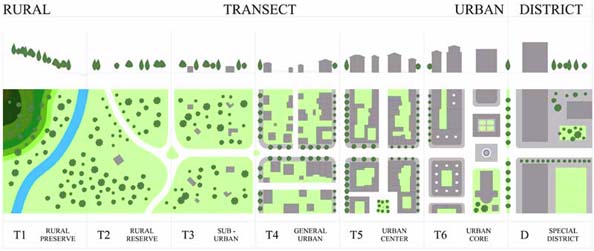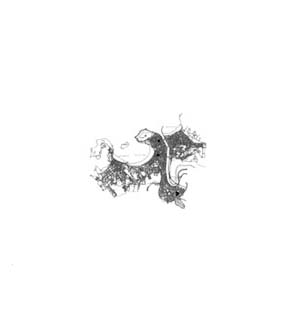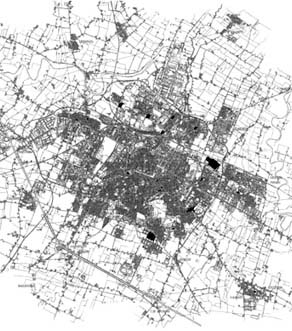ECO-COMPACT METROPOLIS
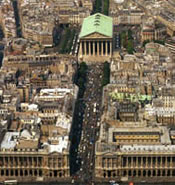
PARIS, FRANCE |
ECO-COMPACT CITY
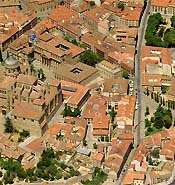
SALAMANCA, SPAIN |
ECO-COMPACT NEIGHBORHOOD
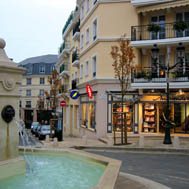
PLESSIS-ROBINSON, FRANCE |
ECO-COMPACT DISTRICT
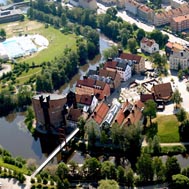
AKROKEN CAMPUS, SWEDEN |
| Metropolis
Main city of a Region or State as is from the ancient Greek language meter=mother and polis=city, that is "mother-city" in relation to other derived urban settlements by foundation or administration. It is a prominent city in terms of public function, but can be also any bigger urban settlement, indipendently from its anthropogeographic cathegory, with a population higher than a specific level, for example, a million. |
City
A specific historic and social reality, but also giuridical-administrative physically organized according to a particular combination of open and built spaces, rich in facilities and capable to satisfy the needs of social life of a particular group of human beings numerically consistent. A CITY is made of an organic polycentric system of NEIGHBORHOODS, DISTRICTS, FAUBOURGS, AND VILLAGES. |
Neighborhood
An organic portion of the polycentric city, with a certain functional and administrative authonomy. Rich in public spaces, both open and built, proportionally to the social life of the group of citizens residents there. A Neighborhood is always presenting a centre, defined by clear boundaries and articulated through a structure of streets, squares and urban blocks. A Neighborhood includes a balanced system of activities: commercial, residential, productive, lodging, administrative, educational, office. |
District
Is an urban area specialized around a main activity. . Examples given are Theatre Districts, University Districts, Campuses, Fair Districts, etc. The structure of a District has to be similar to the one of a Neighborhood with an identified centre which facilities orientation and human relationships, while a system of clear and recognizable limits facilitates the creation of special managing organizations. The relationships with adjacent Urban Neighborhoods should encourage a pedestrian access. Districts should be inter-connected through a system of public transit and located within the urban area. |
| ECO-COMPACT VILLAGE
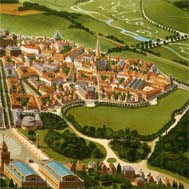
POUNDBURY, UK |
ECO-COMPACT PLAZA
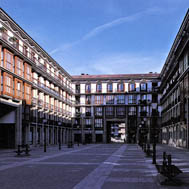
PLAZA DE JUNKAL, SPAIN |
ECO-COMPACT BLOCK
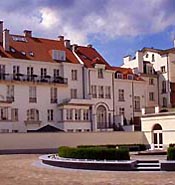
RUE DE LAKEN, BELGIUM |
ECO-COMPACT BUILDING
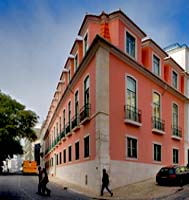
JANELAS VERDES, PORTUGAL |
| Village
Small settelment or group of buildings organically conceived as dependent from a bigger urban centre. It is often considered as basic unit with a specific character which names it: agricoltural, industrial, marine, mining, etc. but also defined by a particular activity carried out by its inhabitants: workers village, youth village, etc. |
Plaza
It is an open public space organically connected with the surrounding urban fabric. It provides the urban neighborhood with a focal point for gathering. Each eco-urban neighborhood is structured around an eco-compact plaza usually surrounded by mixed-use buildings with commercial uses at ground floor. An eco-compact plaza hosts civic buildings such as Town Halls, Libraries, Theaters, Churches, etc. An eco-compact plaza is always compact in size with fronts rarely exceeding 100m. |
Block
It is always defined by buildings aligned on street's edge, thus providing the block with one or several internal courtyards where kids or elder people can play and rest in a protected environment characterized by an intense green treatment. An eco-compact urban block has a clear hierarchy between the external public space and the private or semi-private inner one. Back to intro |
Building
It is made of traditional regionl materials expressing the climate, geographical and cultural characters of the Region. It is always oriented towards the principles of bio-architecture, by using natural materials and construction techniques that minimize the consumption of energy. |
